Chinese Pistache
Greenwich
18 years ago
Related Stories
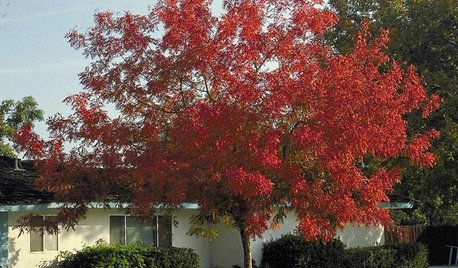
RED FOLIAGEGreat Design Plant: Chinese Pistache
Versatile and easygoing, this tree puts on a guaranteed fall spectacle in the landscape
Full Story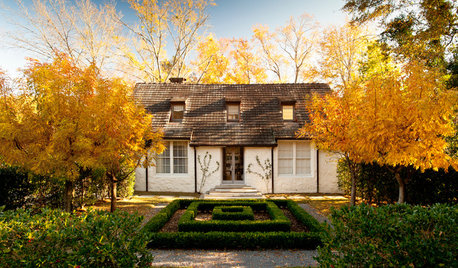
GARDENING GUIDES6 Plants for Colorful Fall Foliage in the Water-Wise Western Garden
Try these colorful, drought-tolerant additions to your garden for a fall season filled with color
Full Story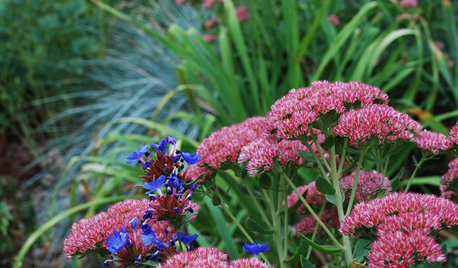
GARDENING GUIDESFall Is Calling: What to Do in Your October Garden
Get a jump on winter prep or just sit back and watch the leaves fall. The beauty of an autumn garden is in all the choices you have
Full Story
GARDENING GUIDES10 Tips to Start a Garden — Can-Do Ideas for Beginners
Green up your landscape even if you're short on time, money and knowledge, with these manageable steps for first-time gardeners
Full Story
FALL GARDENING11 Trees for Brilliant Fall Color
Give your landscape the quintessential look of autumn with the red, orange and yellow leaves of these standouts
Full Story
LANDSCAPE DESIGN7 Great Trees for Summer Shade and Fall Color
These landscape-pro faves straddle the seasons beautifully. Could one enhance your own yard?
Full Story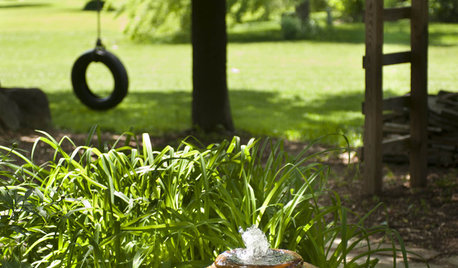
GARDENING AND LANDSCAPINGHow to Give Your Garden More Soul
Feel more at home in your garden by giving it deep, personal meaning
Full Story
FALL GARDENINGWhy Fall Is the Best Time for Planting
Spring is overrated for planting. Starting plants in autumn has advantages for both garden and gardener
Full Story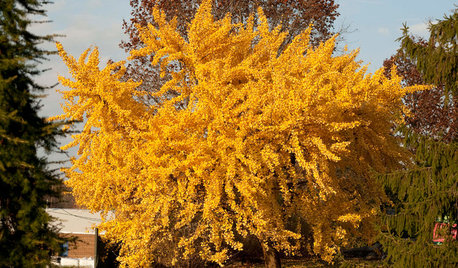
TREESTop 5 Trees for Fall Color in California
Bring a glorious sight to the landscape this autumn with one of these beauties that thrive in mild climates
Full Story
FALL GARDENING6 Trees You'll Fall For
Don’t put down that spade! Autumn is the perfect time for planting these trees
Full Story





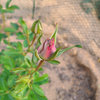
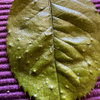
aztreelvr
GreenwichOriginal Author
Related Professionals
Ballenger Creek Landscape Architects & Landscape Designers · Kyle Landscape Architects & Landscape Designers · West Chester Landscape Architects & Landscape Designers · Frisco Landscape Contractors · Edwardsville Landscape Contractors · Fairhope Landscape Contractors · Mission Bend Landscape Contractors · Painesville Landscape Contractors · Pleasant Prairie Landscape Contractors · Raleigh Landscape Contractors · Royal Oak Landscape Contractors · Yuba City Landscape Contractors · Eastlake Landscape Contractors · Sun Valley Landscape Contractors · Caldwell CarpentersEasygoing
Pagancat
GreenwichOriginal Author
GreenwichOriginal Author
aztreelvr
lucyh903_gmail_com